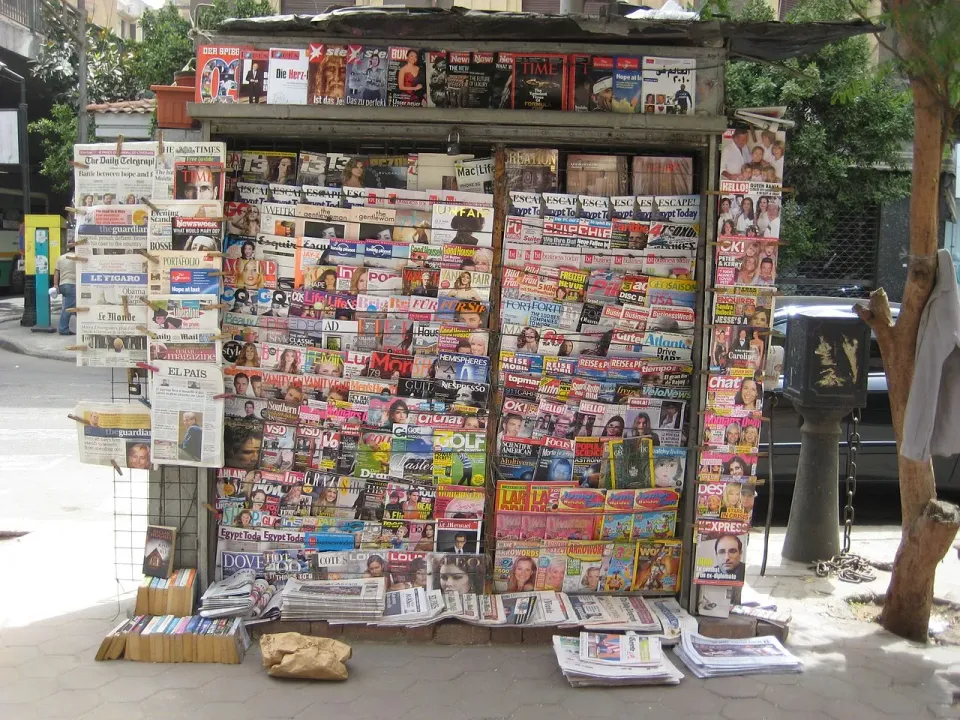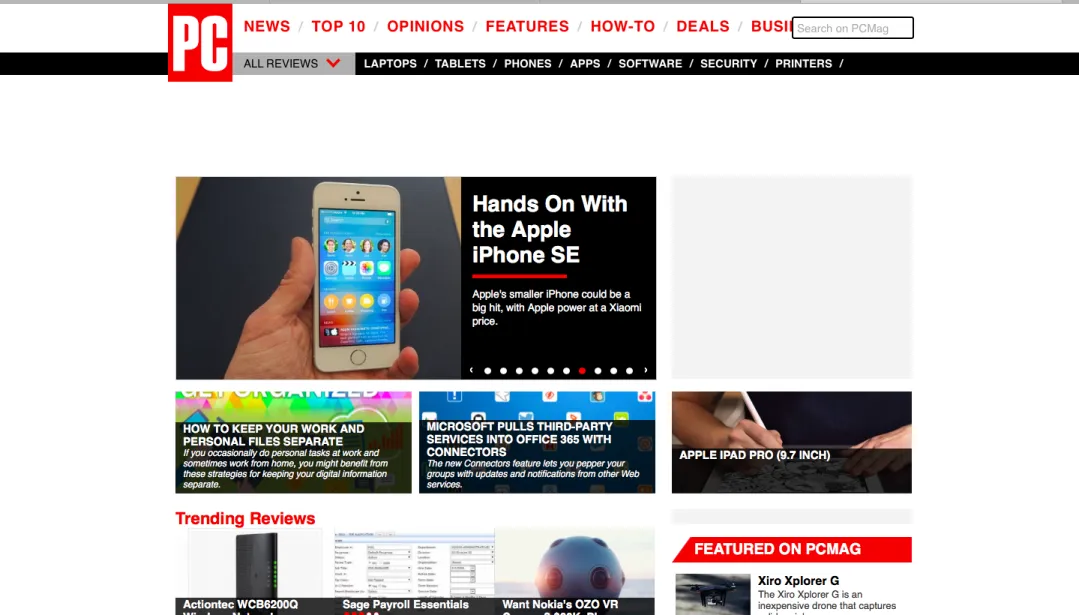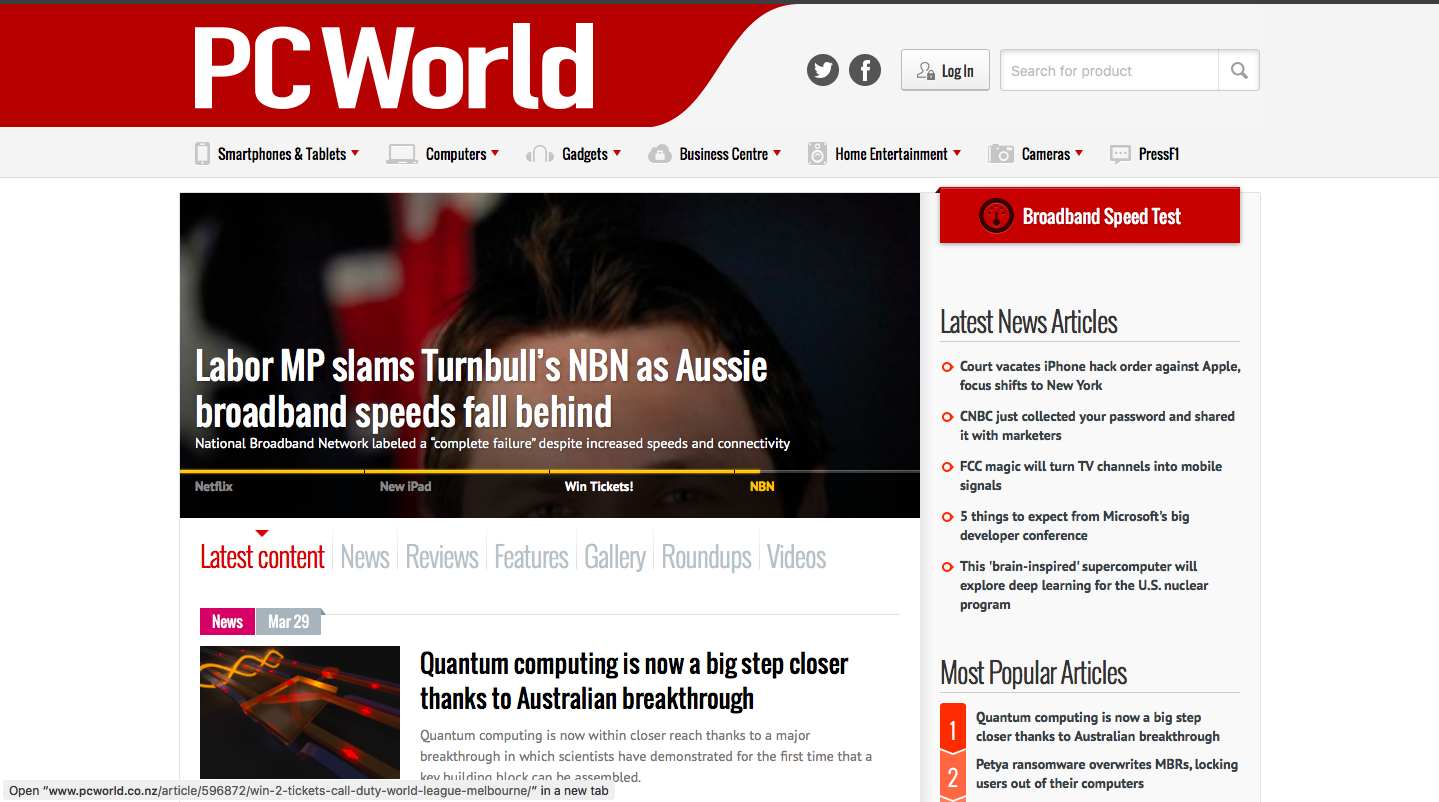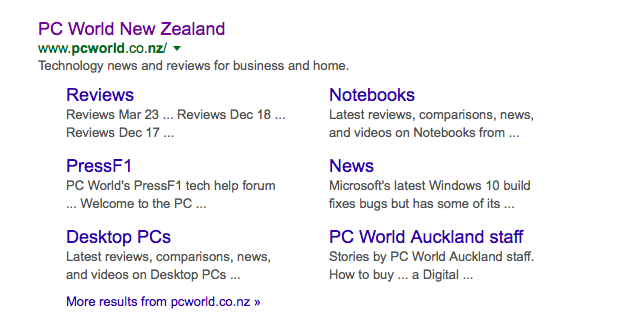New Zealand gets a raw deal from international media

When Apple launched iOS 9, a Newstand folder appeared on the first screen. Inside were four options: The New York Times, Businessweek, the Australian and the New Yorker.
Whatever their merits, none is a natural choice for New Zealand readers.
It’s the latest example of how international media doesn’t think for one moment about New Zealand needs.
Sure, this is only a small country. We’re the last stop on the few international air routes that reach these islands.
There aren’t many of us.
It’s understandable that executives in New York, London or Cupertino might overlook New Zealand.
Our business is only a rounding error on the balance sheet of global giants.
International media want your eyeballs, not your brains or engagement
Yet, international publishers still want our business.
They want our eyeballs to view their advertisements. They’d like to earn New Zealand dollars for their print or paywall subscriptions.
International media want us. Sometimes they even pay lip service to woo us. They often list New Zealand as a market they service. Yet when it gets down to considering our needs, we’re lucky if we rank as a bolt-on to Australia.
In practice this is more annoying and frustrating than ignoring New Zealand altogether.
The Guardian
The Guardian is a good read and an alternative voice that stands out from the pack. It’s one of the world’s top online news websites. There’s intelligent coverage of international issues that you might not find elsewhere in the English-language press.
Although the Guardian is UK-based, it now has operate editions in the US and Australia.
This is a problem. When you load The Guardian app or go to The Guardian website, New Zealand readers are automatically redirected to the Australian version.
The Australian edition fills gaps in that country’s media. From a parochial Australian point of view it does a reasonable job. If you want to know about domestic Australian issues you’re well served.
Little for NZ readers
But there’s little in the Australian edition of The Guardian for New Zealand readers. It’s not even the best place to get a big-picture view of what’s happening across the Tasman. Nor is it great on Australian business news, which can often be relevant here.
Local media doesn’t ignore Australia. Fairfax’s Stuff is often packed with Australian stories. Sometimes Stuff selects the most relevant Australian stories for New Zealand readers. But not always and the process is inconsistent. On a good day, the Australian news is filtered through a New Zealand editorial lens.
As an aside, Stuff is guilty of running overseas stories as if they were local copy. There is often no hint in the headline you are about to read foreign material.
Foreign ownership
That’s because Fairfax is another foreign media company. Given the company’s investment in New Zealand, it can have a deaf ear to our needs.
Almost every New Zealand reader choosing The Guardian will be looking for international news, the cultural pages, sport or long-read features.
A few weeks ago the Australian edition led with a story about Bendigo Council. That might be relevant to five or six people in New Zealand, but whoever makes editorial decisions for the Guardian served it up here anyway.
Nothing better illustrates that no thought has gone into what we get.
To be fair to The Guardian these annoyances can be fixed. You get around the problem by registering, then choosing a different edition. The app also allows you to change the fixed home page in its settings.
Choosing between Australian, US or UK focused editorial isn’t much help to New Zealand readers. It doesn’t solve our marginalisation.
In the great scheme of things The Guardian’s hamfisted approach to New Zealand readers isn’t a big deal, but it illustrates how international media companies marginalise our country, culture and identity.
PC Magazine website
For much of the last 25 years or so PC Magazine has been a great resource for serious PC users. It takes a professional line and largely focuses on business and productivity.
I was managing editor of both New Zealand and Australian editions of the magazine when ACP printed separate versions in both countries in the 1990s.
Today PC Magazine is online only. There’s a US parent website and a satellite in Australia. They don’t look the same and they don’t have the same content, nor do they serve the same advertisements.
New Zealand readers are forced to the Australian site. Most of the time this doesn’t matter. While the Australian site may feature products that are not on sale in New Zealand, online shopping means locals can usually fill in the gaps.

This doesn’t always apply. PC makers like HP might sell similar, but distinct versions of their laptops in Australia and New Zealand.
Guess which country’s versions never get written about in the Australian PC Magazine?
Some reviews and features don’t make it from the US edition to the Australian site. There have been times when I’ve seen glimpses of the story I want on the US site in, say, Google search. Clicking the link takes you to a generic Not Found page on the Australian site.
The automatic redirect is draconian. I’ve tested it, not methodically or scientifically, but enough to understand that it detects your location and redirects.
Type an explicit US URL, you’ll get redirected. Find something through search that is only on the US site and you’ll get redirected. Change browsers, or browser settings and you’ll still get redirected. The only way you can be sure of reaching the US site is with a VPN.
Presumably this redirection is to serve up NZ eyeballs to Australian advertisers.
In the past PC Magazine’s main rival was PC World. For years PC World published in New Zealand. It was the last big local technology publication to sell on bookstands.
PC World
PC World New Zealand still exists. It has its own URL. What it doesn’t have is any New Zealand content or flavour. It only just manages to have any New Zealand relevance.
You can take it as read the front page of the .co.nz site is identical to the .com.au website. A few recent visits confirmed that.

Last night two of the four main stories on the front page slider were dinky-di Australian:
- Labor MP slams Turnbull’s NBN as Aussie broadband speeds fall behind
- Win 2 tickets to Call of Duty World League in Melbourne
There’s nothing wrong with this, but passing off the website as PC World New Zealand is, at best, dishonest.

You’ll notice from the Google screenshot you can read stories by PC World’s Auckland staff. The top, presumably the most recent, story there is How to buy … a Digital Camcorder from 2006.
It is another example of international media treating New Zealanders with disrespect. It’s not in any way a New Zealand site.
International publishers have displaced local New Zealand publishers without even paying lip service to meeting local needs. That’s not good.
Member discussion